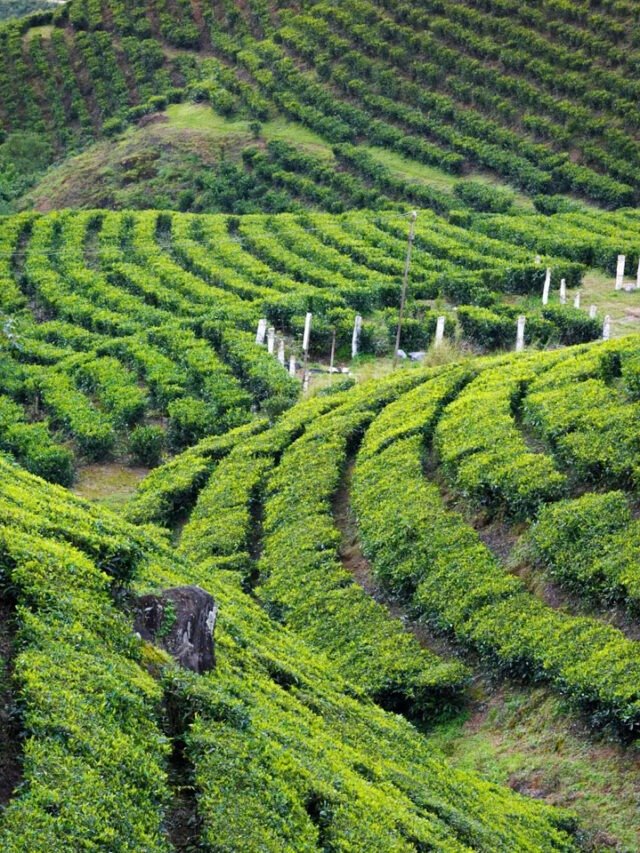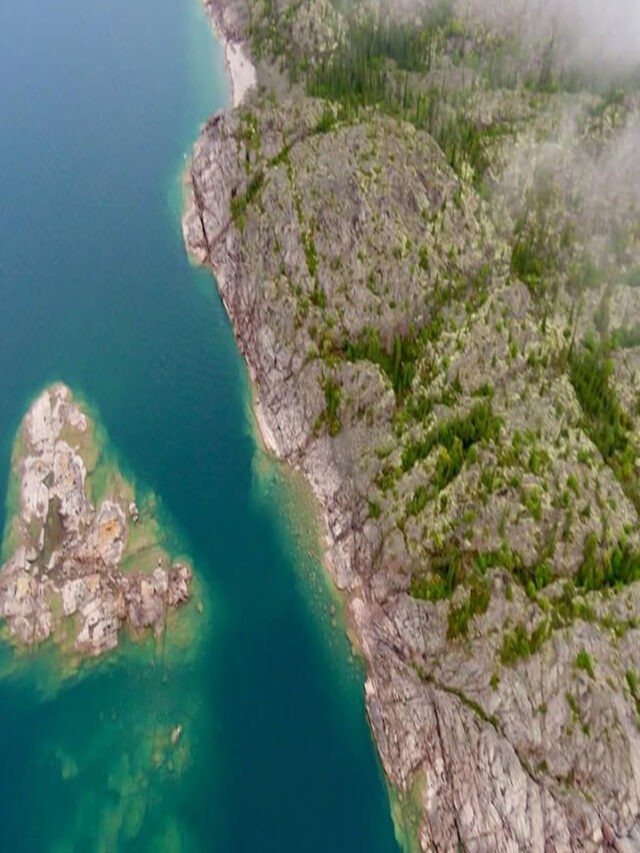HT Digital
ITANAGAR, MAY 6: In a major leap for sustainable energy in the region, the Centre for Earth Sciences and Himalayan Studies (CESHS) has successfully drilled Northeast India’s first geothermal production well in Dirang, located in the West Kameng district of Arunachal Pradesh. Announced by CESHS officials on Monday, the breakthrough marks a critical milestone in tapping geothermal energy in high-altitude Himalayan regions.
Rupankar Rajkhowa, Head of CESHS’s Geosciences Division, shared that the well was drilled following two years of intensive geochemical and structural surveys across western Arunachal. He described the project as the first of its kind in the Northeast, highlighting its potential to provide eco-friendly energy alternatives in remote mountain communities.
The geothermal energy harnessed from the Dirang well is set to support a range of direct-use applications, including drying of fruits, nuts, and meat, space heating, and controlled-atmosphere storage systems—innovations that could significantly benefit agriculture and daily living in the region.
The project is a collaborative effort involving CESHS, the Norwegian Geotechnical Institute (NGI) in Oslo, Icelandic geothermal technology firm Geotropy ehf, and Guwahati Boring Service, which executed the drilling. Scientific analysis revealed Dirang as a medium-to-high enthalpy geothermal zone, with reservoir temperatures reaching up to 115°C—ideal for direct thermal applications without the need for electricity conversion.
Extensive geological mapping identified quartzite formations overlying schist rock along tectonic boundaries near the Main Central Thrust—patterns consistent with geothermal-rich zones across the Himalayas. These findings were instrumental in pinpointing precise drilling locations while minimizing ecological disruption.
Backed by the Ministry of Earth Sciences and the Government of Arunachal Pradesh, the initiative aims to make Dirang India’s first geothermal-powered town for space heating. Plans are already underway for deeper drilling to expand capacity, and the first operational geothermal drying and storage systems are expected to be launched soon.
“This pioneering effort marks the dawn of a clean energy era in the Himalayas,” said CESHS Director Tana Tage. “It demonstrates how geothermal energy can revolutionize local livelihoods while preserving environmental integrity.”
CESHS, an autonomous institution under the Department of Science and Technology, Government of Arunachal Pradesh, intends to replicate this model across other parts of the Himalayan region, positioning geothermal energy as a cornerstone of sustainable development in India’s high-altitude zones.












